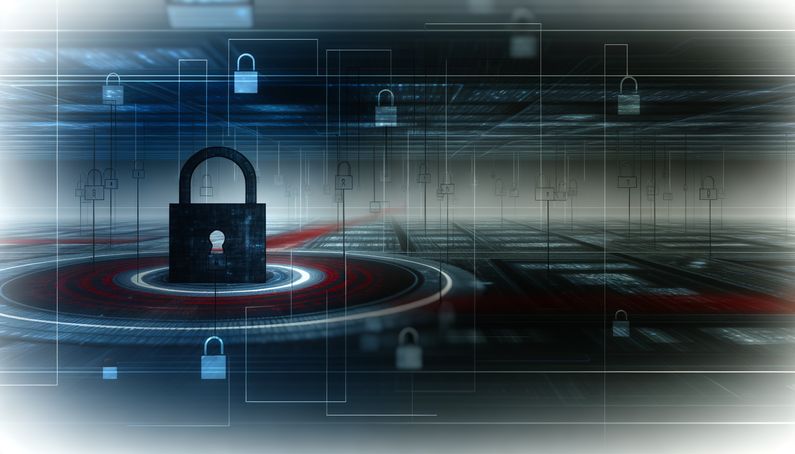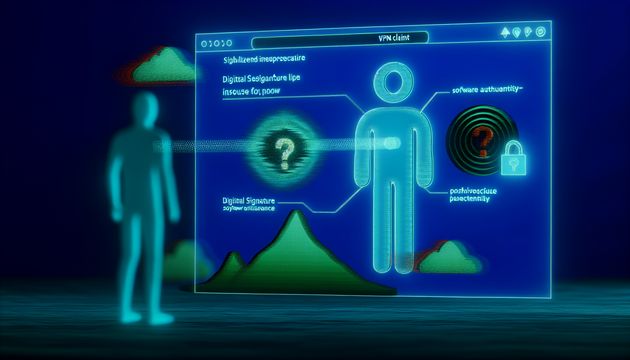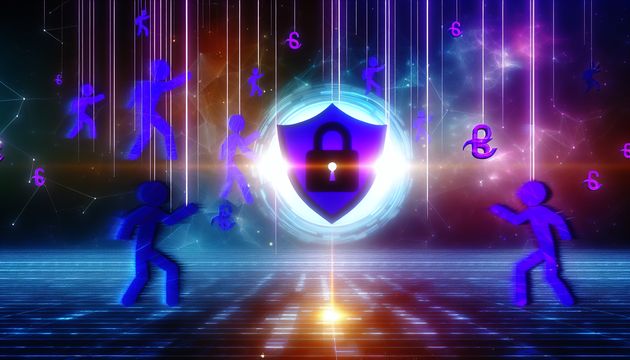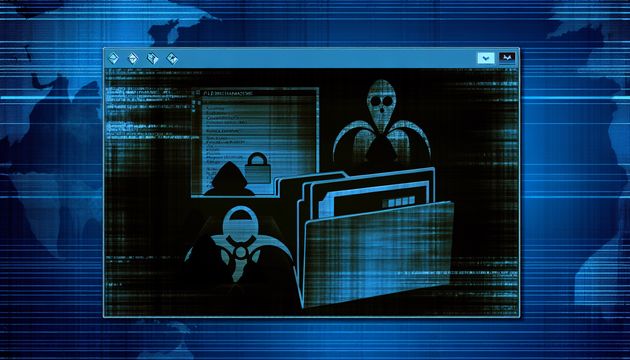
Navigating the Complexities of the PowerSchool Data Breach
The PowerSchool data breach has thrust the education technology company into the spotlight, as it grapples with the fallout from a significant cyber extortion incident. This breach has not only compromised sensitive personal information but also forced PowerSchool to make the difficult decision of whether to pay the ransom demanded by cybercriminals. The stakes are high, with the potential public release of data posing severe risks to students and school districts. This report delves into the complexities of PowerSchool’s decision-making process, examining the rationale, risks, and ethical considerations involved.
The Decision to Pay the Ransom
Rationale Behind the Decision
In the wake of the PowerSchool data breach, the leadership team faced a critical decision: whether to pay the ransom demanded by the cybercriminals. The decision to pay was not made lightly and was influenced by several factors. PowerSchool believed that paying the ransom was in the best interest of their customers, particularly the students and communities they serve. The primary motivation was to prevent the stolen data from being made public, which could have severe repercussions for the individuals involved. The company emphasized that the decision was made after careful consideration of the potential risks and benefits.
Risks of Non-Payment
One of the significant risks associated with not paying the ransom was the potential public release of sensitive data. The breach involved unauthorized access to PowerSchool’s systems, resulting in the theft of personal information, including names, addresses, and potentially Social Security numbers and medical data. The exposure of such data could lead to identity theft and other forms of fraud, causing long-term harm to the affected individuals. PowerSchool’s decision to pay the ransom was partly driven by the desire to mitigate these risks and protect their customers from further harm.
Expert Opinions on Ransom Payment
The decision to pay the ransom has sparked debate among cybersecurity experts. Many experts advise against paying ransoms, as it does not guarantee the deletion of stolen data and may encourage further attacks. According to Bleeping Computer, security experts and ransomware negotiators have long warned that paying a ransom does not ensure the attackers will keep their promise to delete the data. Unlike a decryption key, which can be tested for functionality, there is no reliable way to verify that data has been deleted as claimed by the attackers.
Historical Precedents and Lessons Learned
The PowerSchool incident is not an isolated case. Similar situations have occurred in the past, where organizations paid ransoms only to find that the attackers did not honor their commitments. For example, in the UnitedHealth’s Change Healthcare ransomware attack, the company paid a ransom to the BlackCat ransomware gang to prevent data leakage. However, after receiving the payment, the attackers continued to extort the company, claiming they still possessed the data. These historical precedents highlight the inherent risks and uncertainties associated with paying ransoms in cyber extortion cases.
Impact on Stakeholders
The decision to pay the ransom had significant implications for various stakeholders. For PowerSchool, it was a strategic move aimed at minimizing the impact of the breach on their reputation and customer trust. By attempting to prevent the public release of sensitive data, the company sought to reassure their customers and mitigate potential legal and financial repercussions. However, the decision also raised concerns among stakeholders about the effectiveness of such measures and the potential for future attacks.
For the affected individuals, the decision to pay the ransom offered some immediate relief, as it aimed to prevent the dissemination of their personal information. However, the uncertainty surrounding the attackers’ compliance with their promises meant that the risk of data exposure remained. PowerSchool’s offer of two years of free credit monitoring and identity protection services was an additional measure to help affected individuals safeguard against potential fraud and identity theft.
Ethical Considerations
The decision to pay the ransom also involved ethical considerations. On one hand, paying the ransom could be seen as an attempt to protect the privacy and security of the affected individuals. On the other hand, it could be argued that paying the ransom perpetuates the cycle of cyber extortion and incentivizes further attacks. Organizations are often caught in a moral dilemma, weighing the immediate benefits of paying the ransom against the long-term implications for cybersecurity practices and the broader community.
In conclusion, the decision to pay the ransom in the PowerSchool data breach was a complex and multifaceted one. It was driven by a desire to protect customers and mitigate the risks associated with data exposure. However, the decision also highlighted the challenges and uncertainties inherent in dealing with cyber extortion cases, as well as the broader ethical and strategic considerations that organizations must navigate in such situations.
Final Thoughts
The PowerSchool incident underscores the precarious nature of dealing with cyber extortion. While the decision to pay the ransom was aimed at protecting sensitive data, it also highlights the broader ethical and strategic challenges organizations face in such situations. As noted by Bleeping Computer, paying a ransom does not guarantee data deletion, and may even encourage further attacks. This case serves as a cautionary tale for other organizations, emphasizing the need for robust cybersecurity measures and careful consideration of the long-term implications of ransom payments.
References
- PowerSchool hacker now extorting individual school districts. (2024). Bleeping Computer. https://www.bleepingcomputer.com/news/security/powerschool-hacker-now-extorting-individual-school-districts/



